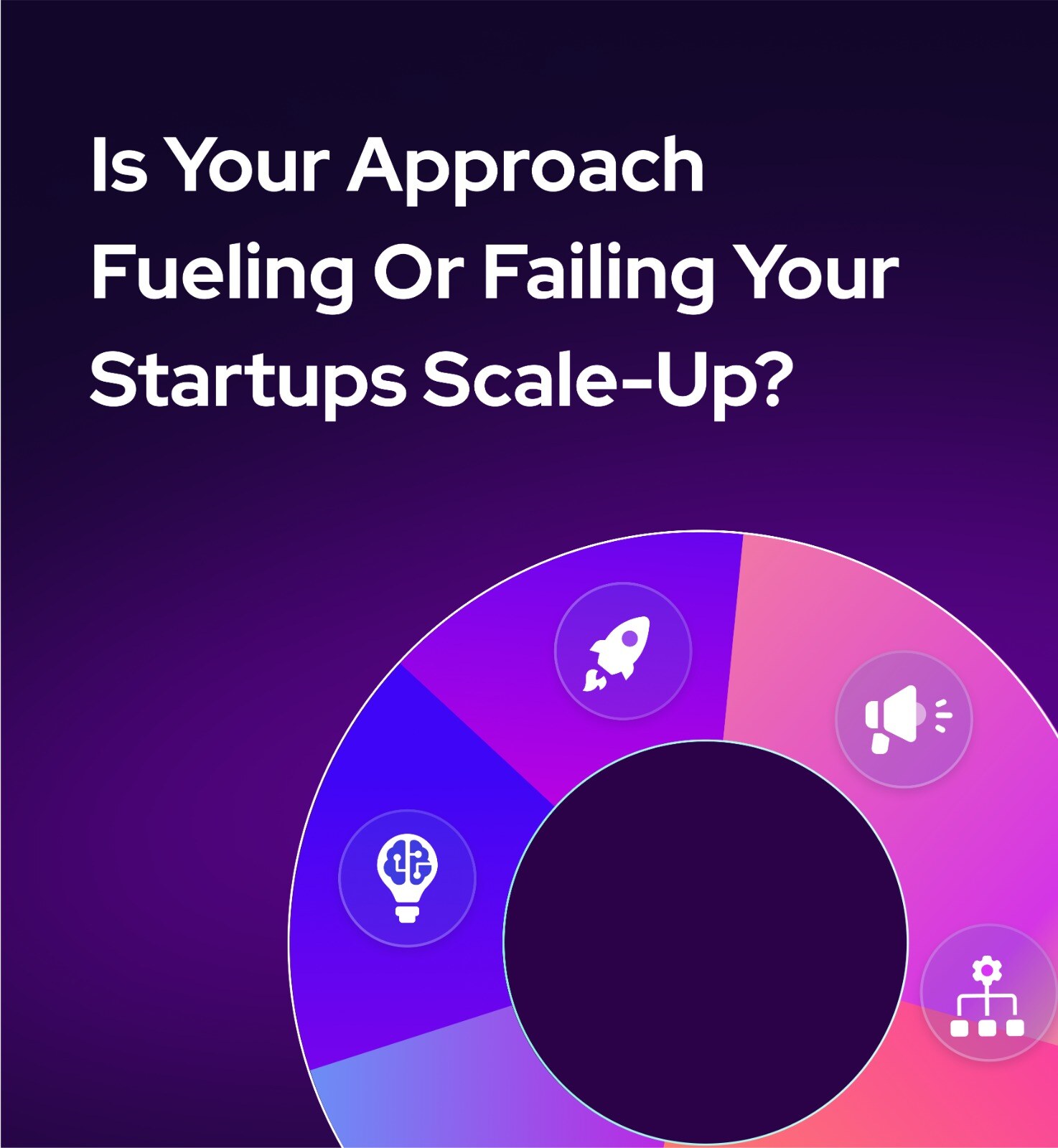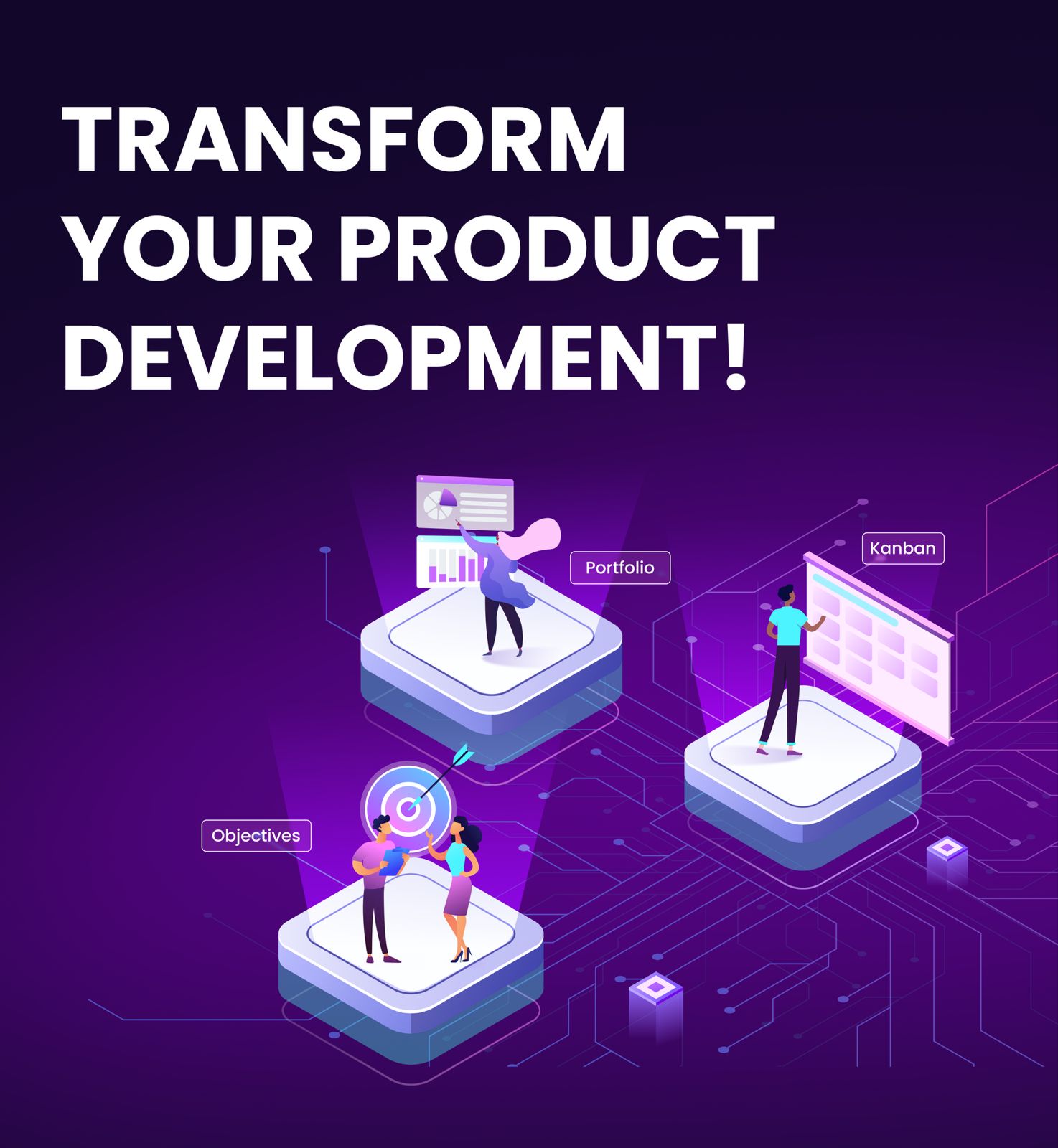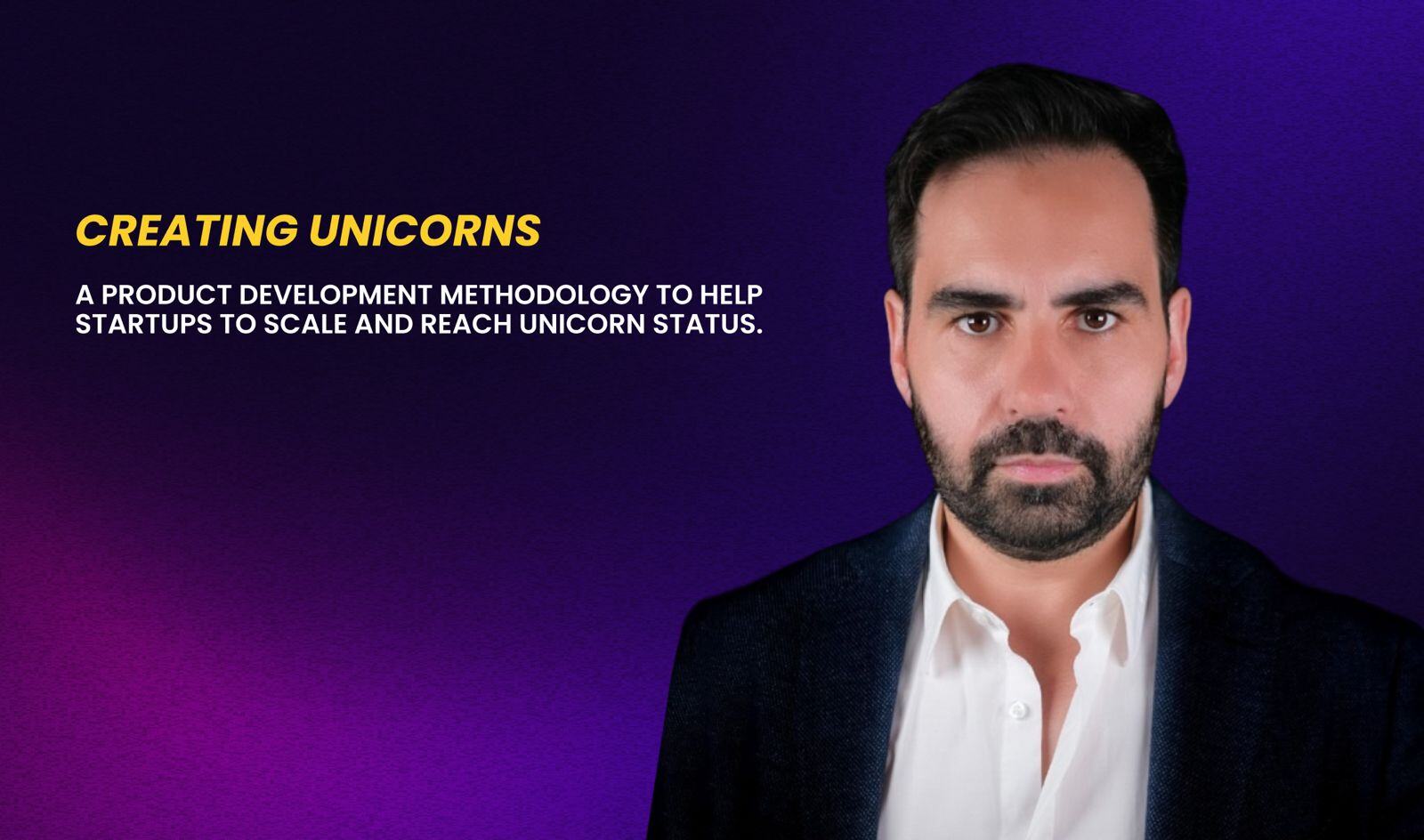Design Thinking: An Methodology Tool for Scaling Startups
Design Thinking represents more than just a process—it's a transformative mindset that gives scaling startups a significant competitive advantage. At its core, Design Thinking is a human-centered approach to innovation that integrates user needs, technological possibilities, and business requirements into a cohesive framework for problem-solving and product development.
For startups navigating the challenging scaling phase, Design Thinking provides the perfect balance between structure and flexibility. It offers a systematic approach to understanding customer problems while maintaining the creative agility needed to innovate rapidly in changing markets.
The Five Pillars of Design Thinking
The Design Thinking methodology typically encompasses five interconnected stages that create a powerful framework for innovation:
1. Empathize
The journey begins with developing a deep understanding of your users. Through interviews, observation, and immersion in their experiences, you build empathy for their challenges, motivations, and needs. This human-centered foundation ensures that every solution you create addresses genuine user problems.
For scaling startups, this stage becomes increasingly critical as you expand beyond early adopters. The empathy stage helps you maintain connection with a diverse and growing user base, preventing the common scaling pitfall of losing touch with customer needs.
2. Define
In this crucial stage, you synthesize your research findings to clearly articulate the core problems you need to solve. The Define stage transforms observations into actionable problem statements and opportunities.
As your startup scales, this stage helps maintain strategic focus amid growing complexity. It ensures your growing team concentrates resources on solving the right problems rather than being distracted by symptoms or peripheral issues.
3. Ideate
With a clear problem definition, you can now generate innovative solutions. The Ideation stage is about creating a wide range of possible approaches, challenging assumptions, and exploring unconventional ideas.
Scaling startups benefit particularly from structured ideation as they navigate the transition from the founder's vision to collaborative innovation. This stage provides frameworks that enable larger teams to contribute effectively to the innovation process.
4. Prototype
Ideas transform into tangible form in the Prototyping stage. These scaled-down versions of potential solutions allow you to explore concepts quickly and cost-effectively before committing significant resources.
For companies in growth mode, prototyping creates a crucial efficiency mechanism—allowing rapid exploration of multiple directions while managing the increased stakes that come with a larger operation and investor expectations.
5. Test
The final stage involves rigorously testing your prototypes with actual users. This validates assumptions, identifies refinements, and generates new insights that often lead to redefining the problem or creating new prototypes.
As startups scale, formal testing becomes increasingly important in mitigating the risk of larger product investments. It provides data-driven validation that helps secure stakeholder alignment around product decisions.
The Cyclical Nature of Design Thinking
What makes Design Thinking particularly powerful for scaling startups is its iterative nature. Rather than following a rigid linear process, Design Thinking encourages continuous loops of learning and refinement. This cyclical approach perfectly complements the rapid evolution and adaptation required during the scaling phase.
Each round of testing generates new insights that might send you back to redefine the problem, ideate on new solutions, or refine your prototype. This built-in feedback loop ensures your products continuously improve and align with evolving user needs—a critical factor for maintaining product-market fit as you scale.
Design Thinking and the Scaleup Methodology
Design Thinking integrates seamlessly with the Scaleup Methodology, particularly within the Product and Evolution pillars. While Google Design Sprints provide a time-boxed framework for rapid validation, Design Thinking offers the broader mindset and principles that can transform your organization's approach to innovation.
Enhancing the Product Pillar
Within the Scaleup Methodology's Product pillar, Design Thinking strengthens several critical components:
- Product Discovery: Design Thinking's empathy and define stages create a systematic approach to uncovering user needs and opportunities, ensuring your product roadmap addresses genuine market demands.
- Product Strategy: The ideation and prototyping phases help develop and validate differentiated product strategies, creating sustainable competitive advantages as you scale.
- Product Metrics: The testing phase establishes user-centric metrics that measure genuine value creation, not just superficial engagement.
Strengthening the Evolution Pillar
Design Thinking also enhances the Evolution pillar by:
- Fostering Organizational Learning: The iterative nature of Design Thinking creates systematic learning cycles that help your organization continuously improve and adapt.
- Enabling Innovation at Scale: As your startup grows, Design Thinking provides a common language and process for innovation that works across teams and departments.
- Creating Customer-Centricity: The empathy foundation ensures your organizational evolution remains grounded in solving genuine customer problems.
From Design Thinking to Design Sprints
While Design Thinking provides the foundational mindset and principles, Google Design Sprints offer a practical, time-boxed framework to apply these principles to specific challenges. Design Sprints compress the five stages of Design Thinking into a structured five-day process with clear deliverables and decision points.
For scaling startups facing tight deadlines and resource constraints, Design Sprints provide an efficient way to leverage Design Thinking for rapid innovation and validation. They create the perfect balance between thorough user-centered design and the speed required in competitive markets.
Implementing Design Thinking in Your Scaling Startup
To successfully integrate Design Thinking into your scaling organization:
1. Start with Leadership Alignment
Ensure your leadership team understands and embraces Design Thinking principles. This mindset shift starts at the top and must cascade throughout the organization to be truly effective.
2. Build Cross-Functional Capabilities
Design Thinking works best when diverse perspectives come together. Create cross-functional teams that bring together product, engineering, marketing, and customer-facing roles to participate in Design Thinking activities.
3. Establish a Rhythm of Innovation
Implement regular Design Thinking sessions and Design Sprints as part of your product development cycle. This creates a consistent cadence of innovation throughout your organization.
4. Create Environmental Support
Designate physical and digital spaces that support Design Thinking activities. These environments should facilitate collaboration, visualization, and rapid prototyping.
5. Measure and Learn
Develop metrics to track the impact of your Design Thinking initiatives, focusing not just on outputs (number of ideas or prototypes) but on outcomes (successful products, improved metrics, etc.).
Beyond Product: Design Thinking for Organizational Scaling
The applications of Design Thinking extend beyond product development. As your startup scales, you can apply these principles to:
- Designing Employee Experiences: Use Design Thinking to create onboarding, development, and retention programs that attract and keep top talent.
- Optimizing Operations: Apply empathy, ideation, and prototyping to internal processes and workflows to improve efficiency and effectiveness.
- Developing Go-to-Market Strategies: Use Design Thinking to understand customer purchase journeys and create more effective marketing and sales approaches.
Conclusion
In the competitive landscape of scaling startups, Design Thinking provides a powerful advantage by keeping your organization focused on solving real user problems with innovative solutions. By integrating Design Thinking principles with the structured approach of Google Design Sprints, you create a sustainable innovation engine that can drive growth at every stage of your scaling journey.
Remember that Design Thinking is not just a process but a mindset—one that values deep user understanding, embraces experimentation, and recognizes that the best solutions emerge through iterations of learning. By embedding this mindset throughout your organization, you build the foundation for continuous innovation that will sustain your competitive advantage as you scale.
Ready to take your innovation to the next level? Explore how the Google Design Sprint framework can help you apply Design Thinking principles in a fast-paced, results-oriented format perfectly suited for scaling startups.
FAQs About Design Thinking for Scaling Startups
How does Design Thinking differ from traditional product development approaches?
Unlike linear, specification-driven approaches, Design Thinking begins with user needs rather than predetermined solutions. It embraces ambiguity, encourages exploration of multiple options, and uses rapid prototyping to validate ideas before significant investment—making it ideal for scaling startups operating in uncertain environments.
Can Design Thinking work alongside Agile development?
Absolutely. Design Thinking and Agile complement each other perfectly in scaling startups. Design Thinking helps ensure you're building the right product by validating ideas with users, while Agile helps you build the product right through iterative development cycles. Together, they create a powerful framework for innovation and execution.
How do I measure the ROI of implementing Design Thinking?
Measure both process metrics (ideas generated, prototypes tested, insights gathered) and outcome metrics (user adoption, retention improvements, revenue generated from new features). For scaling startups, the most compelling ROI often comes from avoiding expensive product failures through early validation.
Is Design Thinking only for consumer products, or can B2B startups benefit too?
Design Thinking is equally valuable for B2B startups. In fact, it can provide even greater competitive advantage in B2B contexts where user experience has traditionally been neglected. B2B scaling startups can use Design Thinking to identify unmet user needs and create differentiated solutions in crowded markets.
How do we balance Design Thinking's emphasis on user needs with investor expectations?
This is a common challenge for scaling startups. The key is to demonstrate how Design Thinking reduces risk and increases certainty around product investments. By validating ideas before full development, you actually create a more predictable growth trajectory that sophisticated investors will appreciate.
How many people should be involved in a Design Thinking session?
For most Design Thinking activities, smaller groups of 5-7 people work best to ensure everyone can actively participate. However, you can scale the approach by running multiple parallel sessions for larger organizations or by using techniques like rotating participation to involve more stakeholders over time.
How does Design Thinking relate to Google Design Sprints?
Design Thinking provides the foundational principles and mindset, while Google Design Sprints offer a specific, time-boxed framework for applying these principles to particular challenges. You can think of Design Sprints as a practical application of Design Thinking principles optimized for speed and decision-making.
Disclaimer
This blog post was initially generated using Inno Venture AI, an advanced artificial intelligence engine designed to support digital product development processes. Our internal team has subsequently reviewed and refined the content to ensure accuracy, relevance, and alignment with our company's expertise.
Inno Venture AI is a cutting-edge AI solution that enhances various aspects of the product development lifecycle, including intelligent assistance, predictive analytics, process optimization, and strategic planning support. It is specifically tailored to work with key methodologies such as ADAPT Methodology® and Scaleup Methodology, making it a valuable tool for startups and established companies alike.
Inno Venture AI is currently in development and will soon be available to the public. It will offer features such as intelligent product dashboards, AI-enhanced road mapping, smart task prioritization, and automated reporting and insights. If you're interested in being among the first to access this powerful AI engine, you can register your interest at https://innoventureai.com/

Take The Test

Sign Up
You May Also Like
These Related Stories

Innovation with Google Design Sprint: A Guide for Scaling Startups

Scaling in Business: Your Complete Guide to Sustainable Growth


